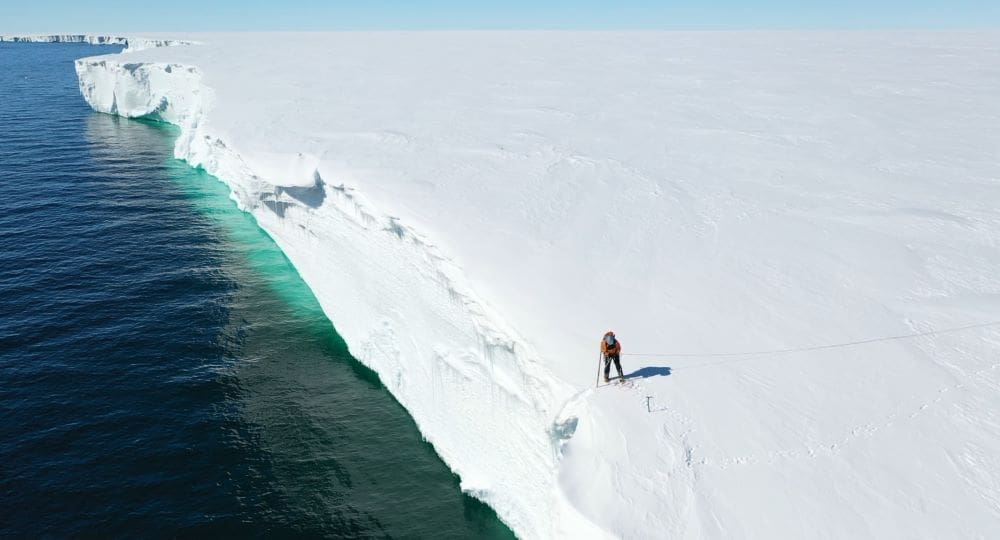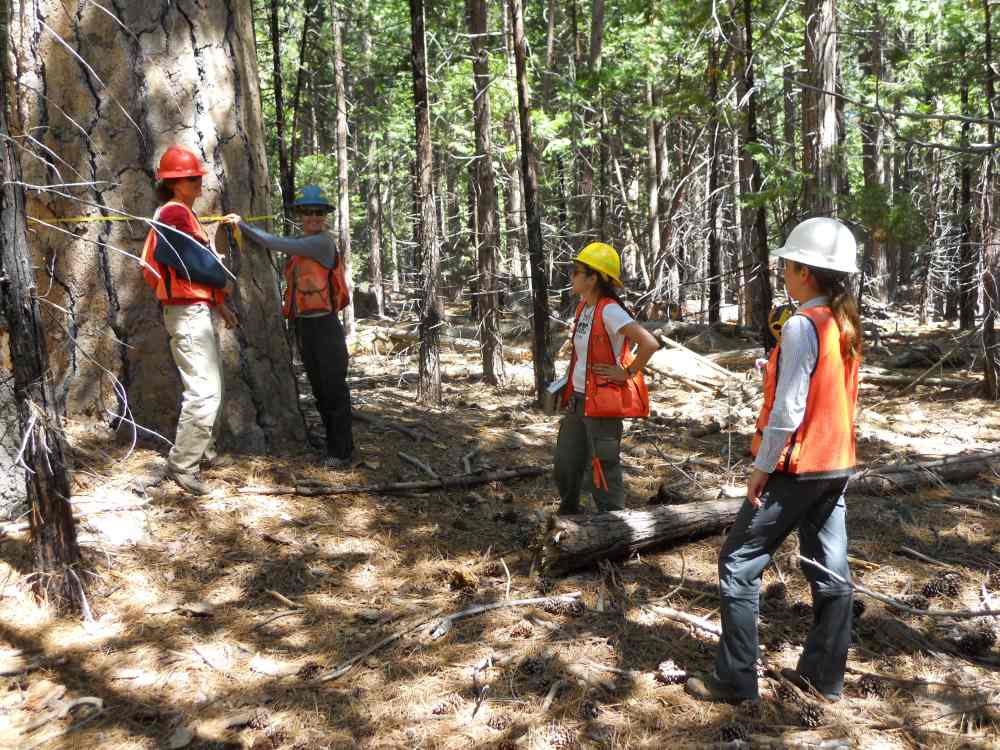Summary:
Large Antarctic icebergs may break away from ice shelves in response to ocean tides, according to a new study published in Nature Communications. The research focuses on the Brunt Ice Shelf in East Antarctica, where scientists tracked the formation and movement of a major rift known as Chasm-1 that eventually led to the dramatic calving of iceberg A-81 in January 2023. By analysing GPS and radar data from 2017 to 2023, researchers found that crack propagation leading up to calving events consistently occurred during spring tides, when tidal forces reach their peak.
The study identifies several key triggers, including the rate of change in ocean tide height, wind speeds, and even an earlier iceberg collision in 2021. A viscoelastic model of ice stress revealed that the final calving event happened when a critical stress threshold was crossed during a spring tide.
Lead author Dr Oliver Marsh of the British Antarctic Survey says the findings could transform how we predict iceberg calving events. “It’s incredibly exciting to uncover a link between something as predictable as the tides and the dramatic, sudden process of iceberg calving.” The research could enable more accurate short-term forecasts of ice loss, with implications for sea level rise and global ocean circulation.

New research links ocean tides to when icebergs in Antarctica break off
The research marks a major step toward accurately forecasting ice loss from the Antarctic Ice Sheet and improving projections of global sea level rise.
The study focuses on the Brunt Ice Shelf and a major crack known as Chasm-1 that calved a huge iceberg, known as iceberg A-81 in January 2023.
The Brunt Ice Shelf is the home of the British Antarctic Survey’s Halley VI Research Station. Since 2021, three large icebergs have calved off this shelf, with the largest being the size of Greater London. Researchers have been studying the ice shelf in great detail to try to understand the processes that occur before a big calving happens.
By combining long-term GPS monitoring with radar data, the team tracked subtle movements and stresses within the ice shelf over time. Their results show that crack propagation – the process leading to iceberg calving – consistently occurs during spring tides, when tidal forces are at their strongest.

This pattern culminated in the dramatic calving of iceberg A-81, which occurred during a spring tide. A-81, spanning hundreds of square kilometres, detached suddenly from the Brunt Ice Shelf, underscoring the potential scale and abruptness of these events.
Dr Oliver Marsh, lead author of the study and a glaciologist at BAS, says: “Icebergs like A-81 can be thousands of square kilometres in size and account for roughly half of all ice lost from Antarctica each year. Understanding what controls the timing of these events is crucial, because calving not only affects the shape and melt rate of ice shelves, but also their long-term stability. It’s incredibly exciting to uncover a link between something as predictable as the tides and the dramatic, sudden process of iceberg calving. This kind of insight brings us closer to forecasting major ice loss events, and their impact on sea level, with far greater precision.”
The findings suggest that external environmental forces, particularly tides and atmospheric winds, can play a key role in when cracks grow and icebergs are released. This could open the door to new, short-term prediction models for iceberg calving, which has previously been difficult to forecast with any accuracy.
Beyond ice loss, large icebergs also alter ocean circulation and local ecosystems as they drift, further emphasising the importance of predicting their formation.
Dr Marsh concludes: “This research helps us understand one of the mechanisms behind crack propagation in ice shelves. By recognising how tides and winds contribute to calving, we move closer to anticipating not just if, but when, major ice loss events will occur.”
Journal Reference:
Marsh, O.J., Arthern, R.J. & De Rydt, J., ‘Ocean tides trigger ice shelf rift growth and calving’, Nature Communications 16, 6697 (2025). DOI: 10.1038/s41467-025-61796-w
Article Source:
Press Release/Material by British Antarctic Survey (BAS)
Featured image credit: Oliver Marsh | BAS



